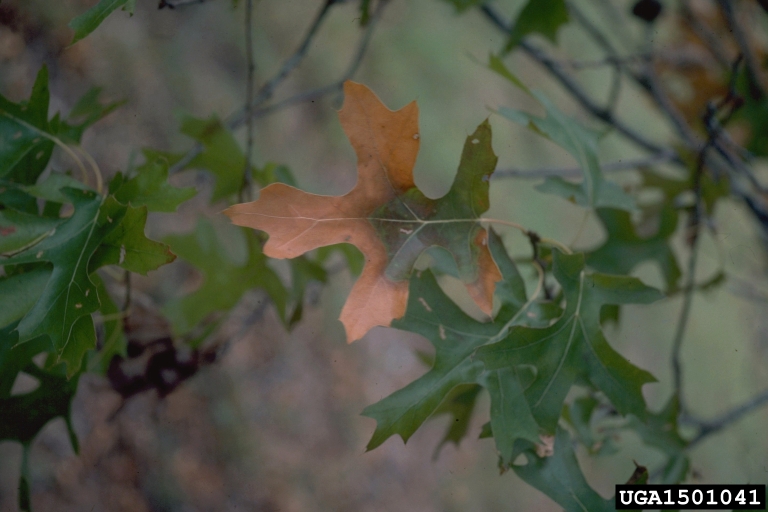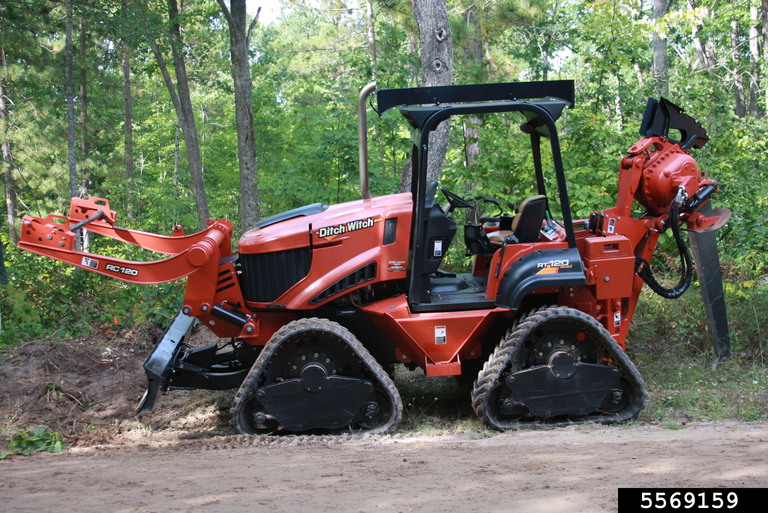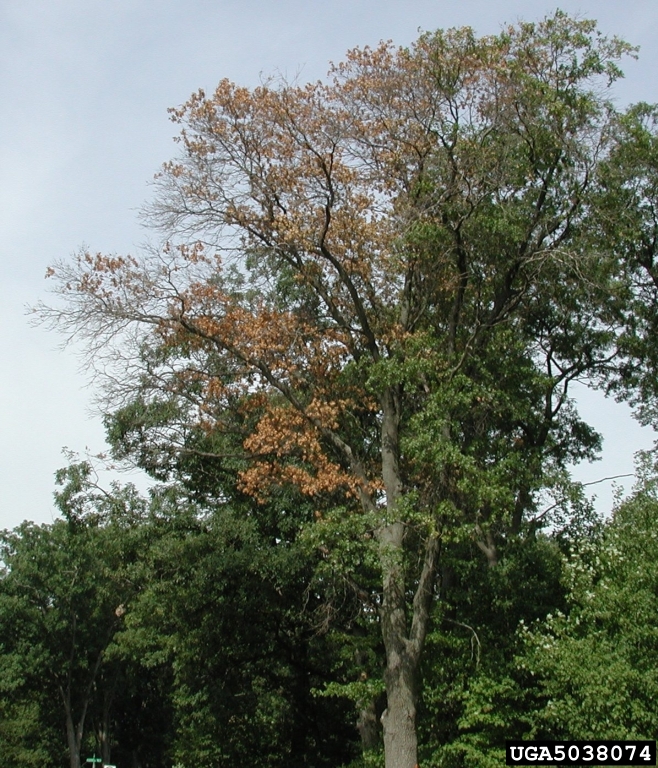On the Lookout for Oak Wilt

What is oak wilt?
Oak wilt is a disease that can affect many species of oaks. Though not yet found in the state, New Hampshire is on alert as the threat of this aggressive oak killing disease moves closer and closer to the state. Oak wilt is a fungus that affects the vascular system of oak trees by impeding fluid movement and essentially dehydrating the tree.
How is it spread?
This disease can spread a few ways; it is spread from tree to tree via root systems (root grafting), or it can be spread by insect carriers. Root grafting occurs between the same species of oak, making areas with high densities of the same species more at risk. Nitidulid beetles, also known as sap beetles, are the primary insect responsible for spreading oak wilt. Oak wilt can also spread through the transportation of infected logs such as firewood. If oak wilt makes its way to New Hampshire it will most likely be through firewood. Don’t move firewood!
Where is it now?
Oak wilt has been long-standing problem in the Midwest, but more recently outbreaks in Albany, NY are cause for concern. This disease can travel long distances, especially in firewood. As of right now, none of the New England states have reports of oak wilt.
What are the symptoms?
Oaks affected by oak wilt drop their leaves early in summer, and the leaves fall from the top of the tree first. Infected trees will lose almost all its leaves within a few weeks of showing symptoms. Leaves will have clear distinctions between brown and green coloration—brown coloration starts on the outside of the leaf and creeps in towards the center. Infected oaks will lose their leaves without ever turning those brilliant fall colors.

What can we do?
Most affected trees die within weeks to a year, and there is no known treatment once the tree is infected. Some mitigation to control the spread is possible if outbreaks are caught early. One option is to remove infected or dead trees and treat them by debarking, chipping, splitting, or drying the wood. Prior to removing an infected tree you should disrupt the root systems. However, timing is critical. Root disruption should occur before a diseased tree dies. If handled incorrectly, removing a living tree could actually promote the spread. Roots can be disrupted by using equipment such as a vibratory plow. The good news is that infected roots and trees usually die before the connections can be re-established, and the fungus can only survive a few years in the roots of dead trees.
It is important to not panic. As long as people report suspicious trees and we are diligent with treatment, oak wilt can be managed.

What if I have a tree exhibiting symptoms?
Anyone noticing an oak tree that shed its foliage in July or August is asked to contact the NH Division of Forests and Lands’ Forest Health Program at 603-464-3016 or to go to NHBugs.org and submit a report that can also include a picture.

